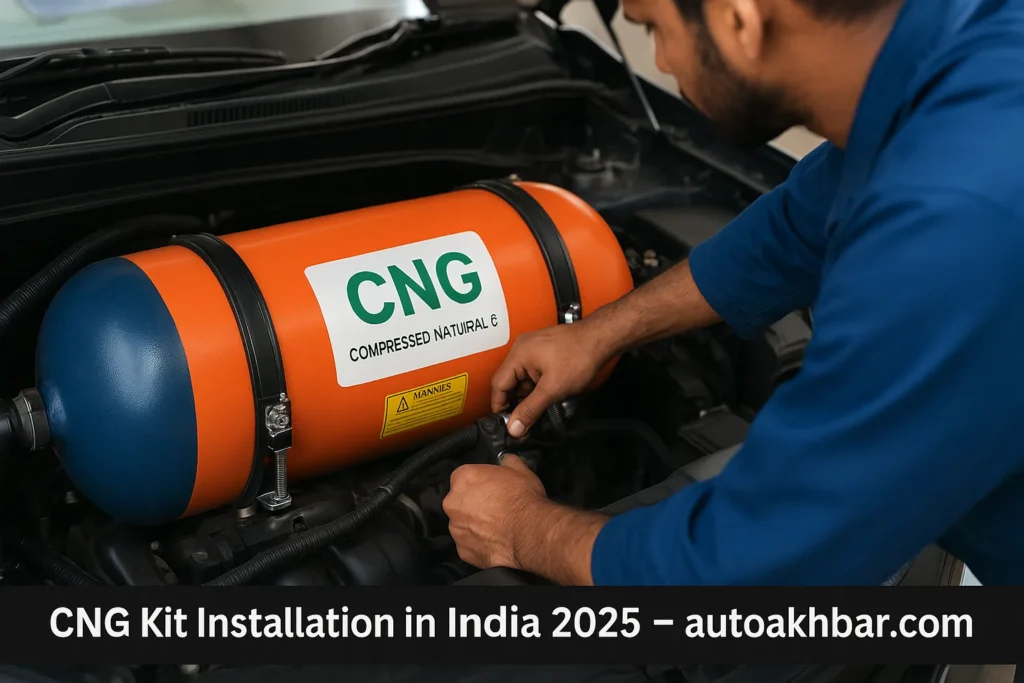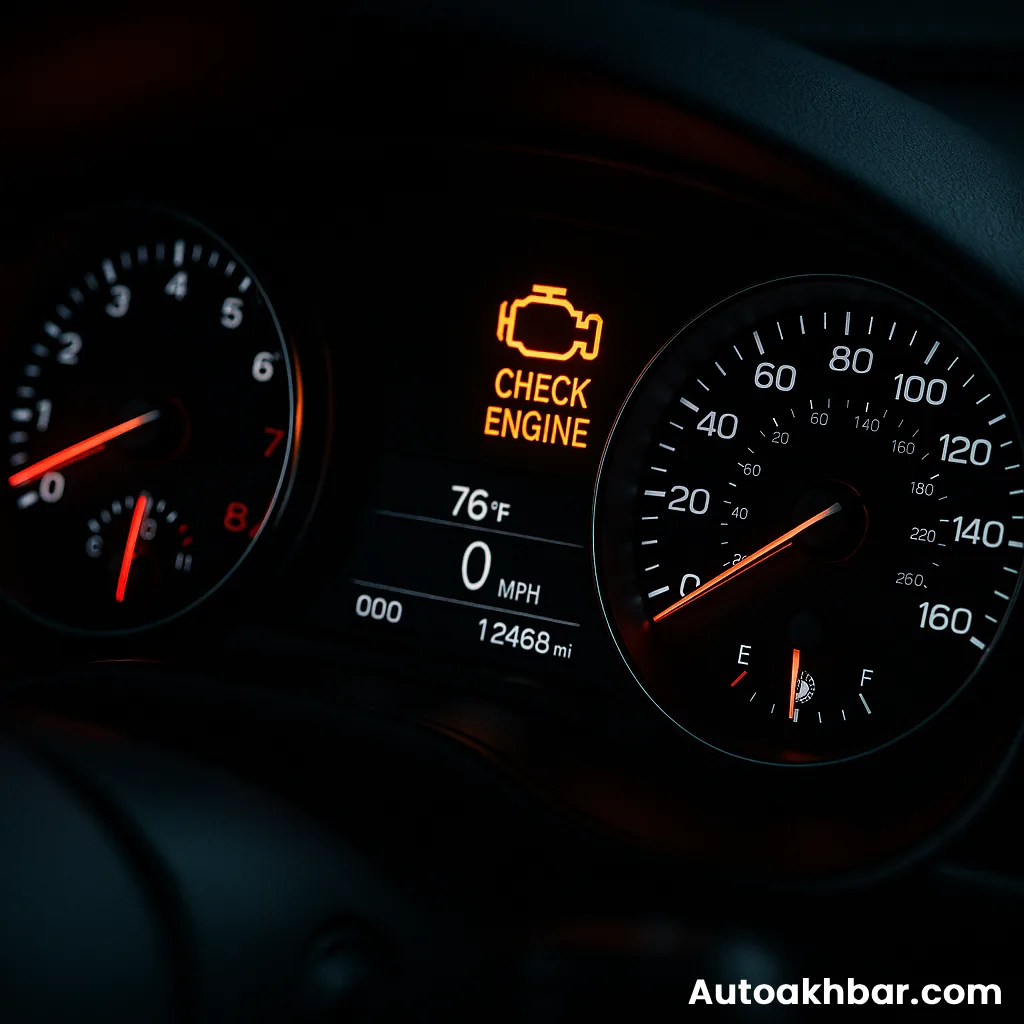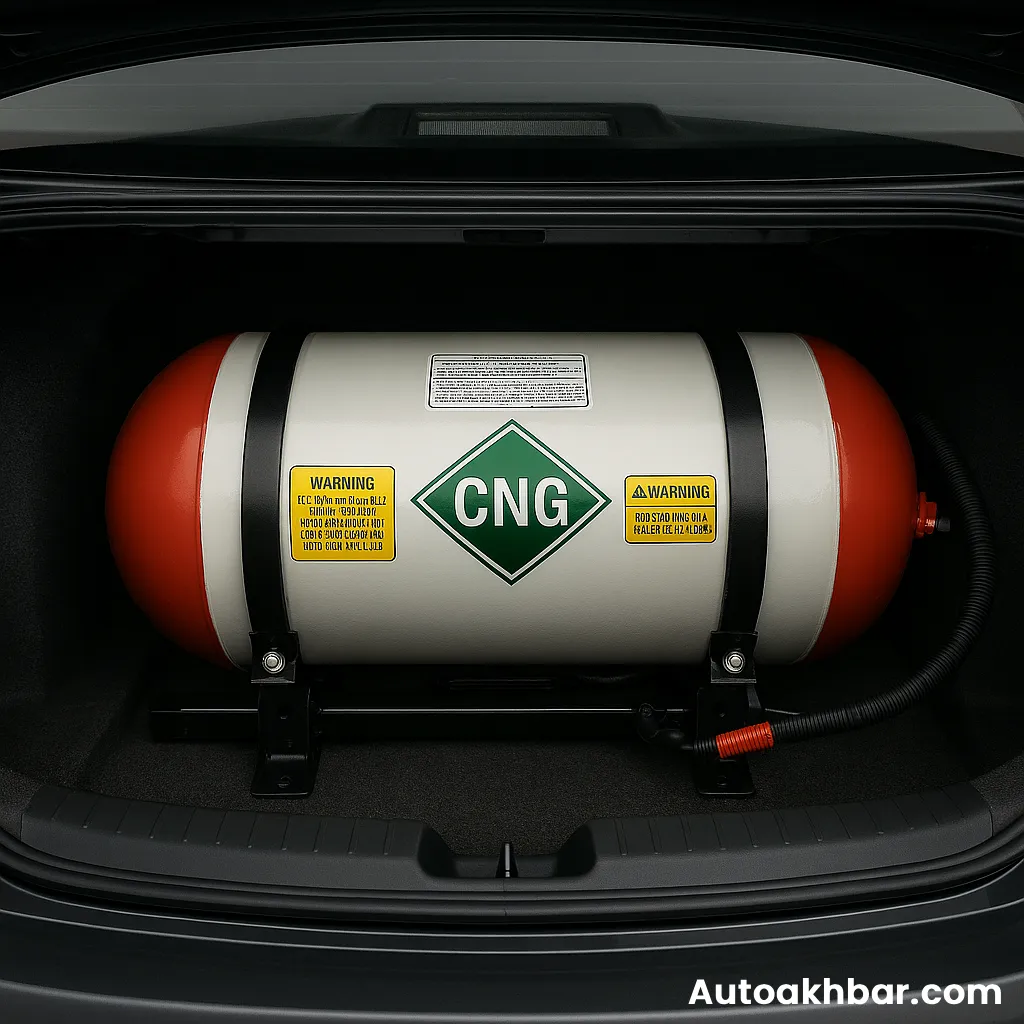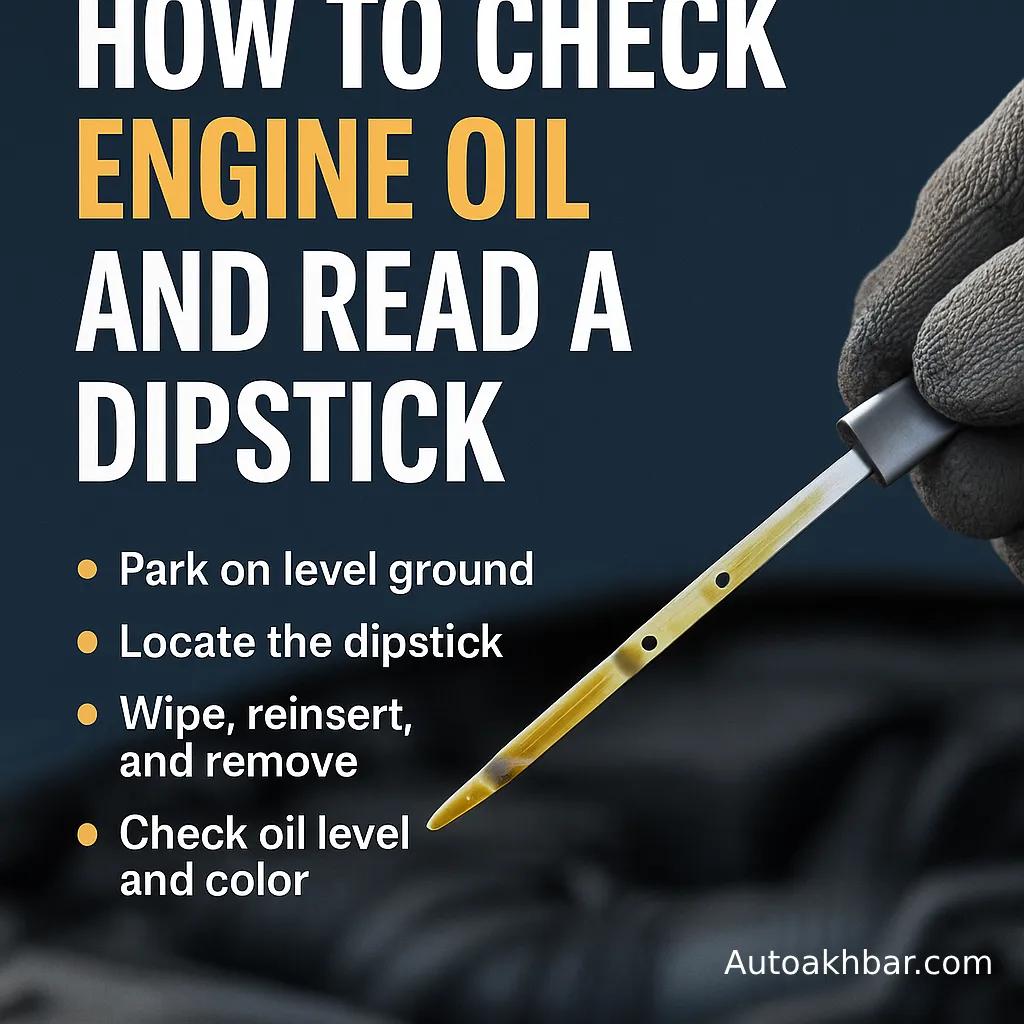Introduction
Compressed Natural Gas (CNG) cars have become a popular choice in India thanks to rising petrol prices and the promise of lower running costs. But let’s be real—after installing a CNG kit, many car owners face issues like mileage drop, engine jerks, or even starting trouble.
If you’re planning to switch your petrol car to CNG in 2025, or you’ve already installed a kit, this guide will help you understand the Common Problems After CNG Kit Installation—and more importantly, how to fix them.

Table of Contents
Common Problems After CNG Kit Installation
1. Starting Trouble in the Morning
- Issue: Car doesn’t start easily, especially in cold weather.
- Reason: CNG requires higher temperature to ignite compared to petrol.
- Fix:
- Start your car on petrol and then switch to CNG after a minute.
- Get your spark plugs replaced with CNG-compatible plugs for smoother ignition.
2. Drop in Mileage
- Issue: After installing a CNG kit, mileage often decreases.
- Reason: Incorrect kit tuning or improper gas-to-air mixture.
- Fix:
- Visit an authorized CNG tuning center.
- Ensure regular filter cleaning and check CNG cylinder pressure.
- Maintain tyre pressure for better efficiency.
How to Save Petrol in City Traffic
3. Engine Jerks & Misfires
- Issue: While driving, the engine jerks or misfires.
- Reason: Improper kit calibration or faulty injectors.
- Fix:
- Get your ECU (Electronic Control Unit) recalibrated.
- Replace old spark plugs with iridium plugs.

4. Loss of Power (Especially with AC On)
- Issue: Car feels underpowered, especially in uphill driving or with AC running.
- Reason: CNG has lower calorific value compared to petrol.
- Fix:
- Opt for a Sequential CNG Kit instead of a conventional one.
- Drive in lower gears when climbing steep roads.
5. Backfiring Issue
- Issue: Sudden loud noise from the engine (mini explosion).
- Reason: Wrong air-fuel mixture or delayed ignition.
- Fix:
- Check ignition timing regularly.
- Always service CNG kits from certified mechanics.
- Never use duplicate air filters.
6. Check Engine Light After Installation
- Issue: Many users report a glowing check engine light after CNG conversion.
- Reason: ECU not properly synced with the kit.
- Fix:
- Use an OBD scanner to check fault codes.
- Re-map ECU at an authorized CNG center.

7. CNG Cylinder Leakage (Safety Hazard)
- Issue: Smell of gas inside the cabin.
- Reason: Loose fittings or damaged cylinder valve.
- Fix:
- Immediately get it checked—do not ignore!
- Always do leakage tests during routine servicing.
- Park in well-ventilated areas.
Government of India CNG Safety Guidelines.
Preventive Maintenance Tips for CNG Car Owners (2025)
- Service your CNG kit every 10,000 km.
- Replace spark plugs every 20,000 km.
- Always run your car on petrol for 2–3 km daily to keep engine lubricated.
- Never overfill your CNG cylinder; stick to recommended limits.
- Use only authorized CNG filling stations.

Tips to Reduce Car Insurance Premium in 2025
Conclusion
Switching to CNG is a smart move in 2025, considering rising fuel prices and eco-friendly policies. However, being aware of CNG kit problems after installation can save you from unnecessary stress and expenses.
👉 Regular servicing, proper kit calibration, and using genuine parts will keep your CNG car smooth, safe, and cost-effective.
FAQ On Problems After CNG Kit Installation
Why does my car lose power after installing a CNG kit?
Because CNG has lower energy output than petrol. Using a sequential kit and tuning the ECU can minimize this power loss.
Can CNG damage the engine?
No, if installed properly and maintained well. Wrong installation and poor-quality kits cause damage.
How often should I service my CNG kit?
Every 10,000 km or once a year, whichever comes first.
Is it safe to park a car with a CNG kit in a closed garage?
It’s not recommended. Always park in well-ventilated areas to avoid gas accumulation.


